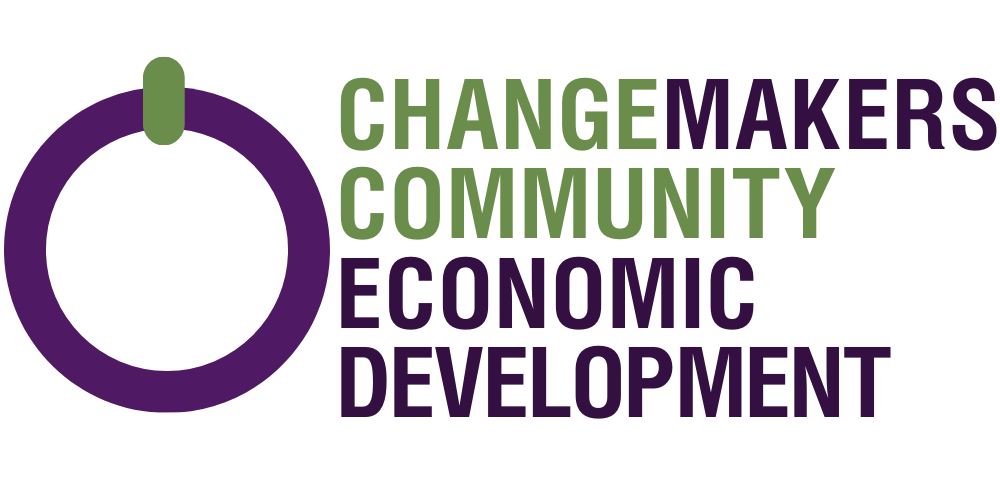Debt Management Series-Part 4
Debt Management Series
Part 4: Tackling High-Interest Debt and Avoiding Common Pitfalls
Welcome to the fourth part of our series. High-interest debt can be particularly challenging to manage. In this post, we'll explore strategies to tackle high-interest debt effectively and how to avoid common pitfalls that can derail your progress.
STEP 1: FOCUS ON HIGH-INTEREST DEBT FIRST
If you're using the Debt Avalanche Method, continue to prioritize debts with the highest interest rates. Paying these off first saves you money in the long run.
STEP 2: CONSIDER DEBT CONSOLIDATION
Debt consolidation involves combining multiple debts into a single loan with a lower interest rate. This can simplify payments and reduce interest costs. Options include:
Personal loans
Balance transfer credit cards
Home equity loans
STEP 3: NEGOTIATE WITH CREDITORS
Contact your creditors to negotiate lower interest rates or more favorable terms. They may be willing to work with you if you explain your situation and demonstrate commitment to repayment.
STEP 4: AVOID TAKING ON NEW DEBT
While you're working on paying off existing debt, avoid taking on new debt. Resist the temptation to use credit cards or take out new loans. Focus on living within your means.
STEP 5: BUILD AN EMERGENCY FUND
Having an emergency fund can prevent you from falling back into debt when unexpected expenses arise. Aim to save at least $500 initially, then work towards saving 3-6 months’ worth of living expenses.
Common Pitfalls to Avoid:
Making Only Minimum Payments: This prolongs your debt and increases interest costs.
Ignoring Debt: Pretending it doesn’t exist won’t make it go away. Face it head-on.
Using Savings to Pay Off Debt: While it might seem like a good idea, it's important to have some savings for emergencies. Balance debt repayment with maintaining a small savings cushion.
Tackling high-interest debt requires focus, negotiation, and discipline. By avoiding common pitfalls and staying committed to your plan, you can reduce your debt burden more effectively.
Here are some online apps that may help you create your plan. ChangeMakers Hawaiʻi is not affiliated with any of these sites. We want to provide you with tools to help you succeed.
SoFi Relay: Helps track your debts and offers tools for debt consolidation.
Tally: An app that automates credit card payments to save on interest and help you.
Unbury.Me: A debt calculator tool that helps you visualize debt repayment plans using the avalanche and snowball methods.
In the next part, we'll explore how to stay motivated and track your progress throughout this journey. Remember, you're not alone on this journey. We're here to help you every step of the way. Want more help and advice, consider signing up for ChangeMakers Hawaiʻi’s Kanakanomics program.
Missed any part of the series? Check them out below.










